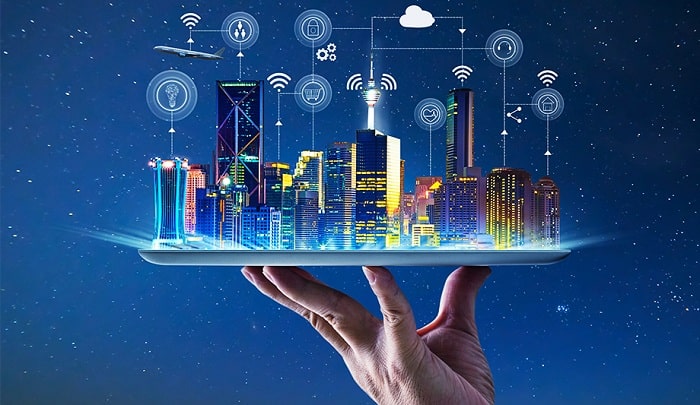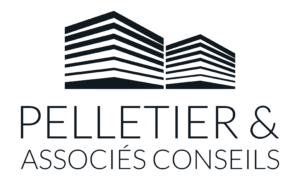
In today's world of rapidly evolving technology, it's essential to consider the impact of new technologies on our immediate environment. Whether you're a building manager or looking to acquire a new building, it's crucial to carry out a thorough assessment of existing technological equipment before purchasing or planning future upgrade budgets. A two-phase assessment will identify potential risks for residents and the manager, and put in place an intervention plan to rectify the situation.
Phase 1 of the assessment involves a thorough examination of the technological equipment already in place in the building, and the associated contracts. It is essential to know the condition of this equipment, its suitability for current needs, and the potential risks it may pose. A thorough assessment may reveal safety problems, frequent breakdowns, high maintenance costs or technological obsolescence. This phase also determines whether existing contracts meet the building's needs, or whether they are non-existent, leaving the manager in a vulnerable position.
Phase 2, on the other hand, involves drawing up an action plan to correct the problems identified in phase 1. It is essential to update obsolete equipment, resolve safety issues and reduce maintenance costs. A well-designed intervention plan should also include a thorough analysis of the building's future needs, taking into account expected technological developments. This will make it possible to anticipate changes and foresee necessary upgrades in advance, thus facilitating budget planning for years to come. The importance of this technology assessment lies in the many benefits it can bring to both residents and building managers. Firstly, it ensures occupant safety by identifying and eliminating potential risks associated with obsolete or faulty equipment. By reducing frequent breakdowns and maintenance costs, managers can also make substantial financial savings in the long term.
In addition, technology assessment offers the opportunity to improve the building's operational efficiency. By updating equipment, it is possible to benefit from the latest technological advances, such as more efficient monitoring systems, energy-saving solutions and intelligent management tools. These improvements can enhance residents' quality of life, facilitate the building's day-to-day management and boost its competitiveness in the marketplace.
In conclusion, it is essential to carry out a thorough assessment of the technologies present in our building before making any acquisition decisions or planning future budgets. A two-phase assessment will identify the risks for residents and the manager, and put in place an intervention plan to correct the situation. By investing in modern equipment and meeting current and future technological needs, buildings can improve their safety, efficiency and competitiveness, offering a better experience for residents and managers alike.


